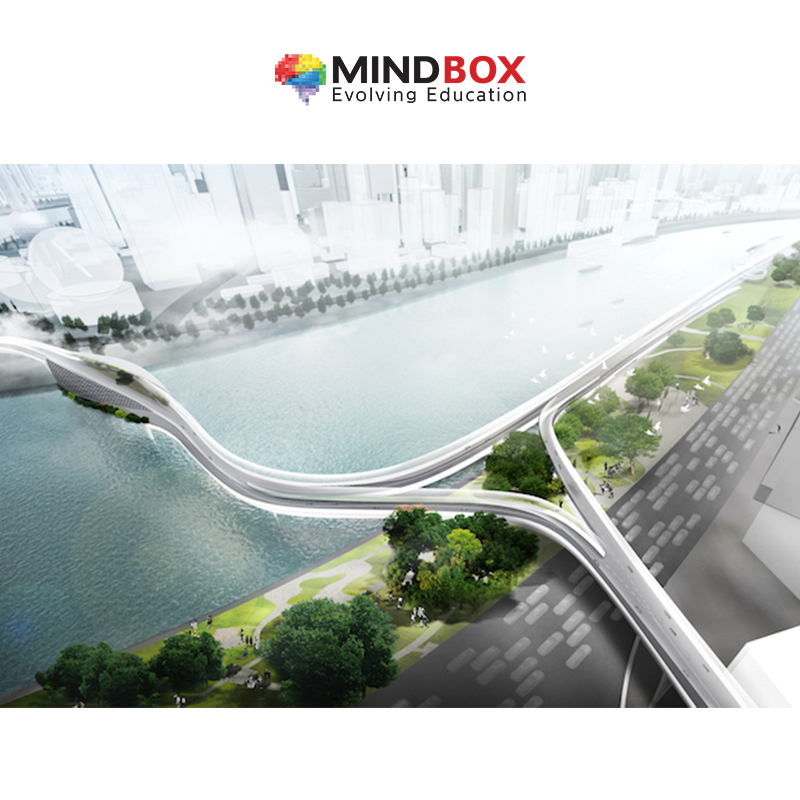Bmw Elevated Bike Lanes- An Example Of Design Thinking Solving Real World Problems

BMW started off as a company that manufactured bikes and car. So it comes a surprise when we hear that it is now contemplating designing and building an expressway for cycles!
Not, when you read this article and fathom that BMW is trying to revolutionise travel with design and tech thinking.
So, the concept has been christened- E3 (E cube) Way and it is being envisioned as a network of an elevated reserved highway for bikes. In fact, E3 represents- ELECTRIC, ELEVATED and EFFICIENT.
Only electric bikes would be allowed on these highways (Guess what BMW manufactures electric bikes- so this seems to be a great plan to push their own electric bikes as well)
The highways will be monitored through AI (Artificial Intelligence) and will also have roofs along the way so that one can cycle away to work without getting drenched.
The whole concept is a design marvel, as it will be built within the metro cities and is vastly scalable.The places that have made elevated bike paths work are those that have reined in their ambitions. In January, Xiamen, in southeast China, opened the world’s longest example, which stretches just under 5 miles. In the Netherlands, Eindhoven’s “Hovenring” has lifted cyclists above a busy intersection since 2012.
At some other places, similar attempts are still underway or have been aborted.
In January 2014, to much fanfare, celebrated architect Norman Foster unveiled a plan for a network of aerial cycleways in London, called SkyCycle. But there are no signs of progress so far.
E3 cycle lanes or highways are an example of how design thinking can solve real-world problems. Do you have any such ideas for solving your city’s problems? Share with us and we will feature one of the ideas in our next batch of blogs.
Powered by Froala Editor